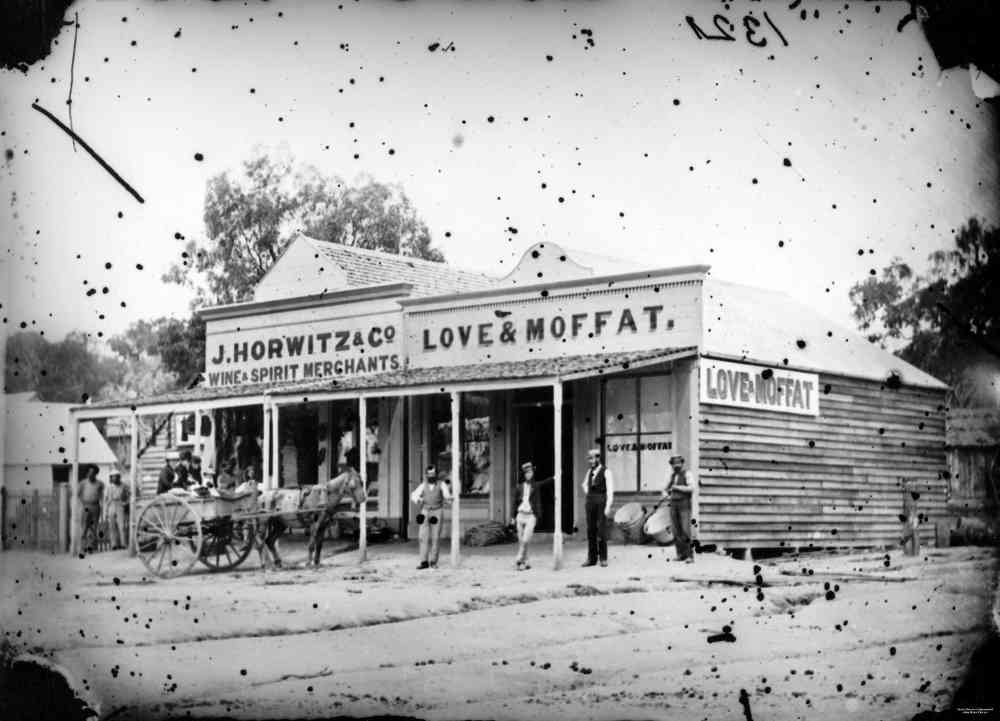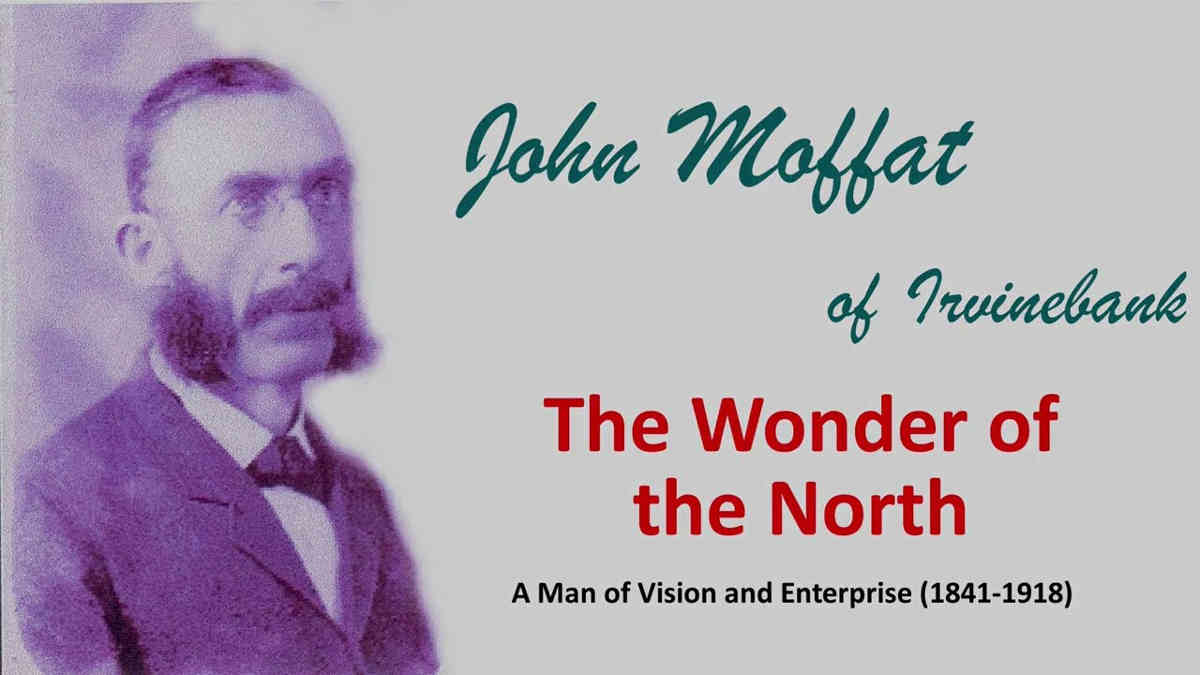A few months ago I decided to embark on a new career – YouTube documentary maker. I mean, how hard could it be?
I’d recently slapped together some pictures from a recent trip to Japan, watched a couple of YouTube vids about how to pan and zoom on still pictures, downloaded some copyright-free, Japanese-flavored music, and “Bob’s your uncle!” I had a one minute and 15 seconds video on traditional thatched houses in Gifu Prefecture, Japan.
I shared my mini-masterpiece on YouTube and Facebook.
Pleased as punch with my success as a videographer, I aspired to achieve higher levels of attainment. I felt that I had grasped a little of the secrets of such luminary filmmakers as George Lucas and Steven Spielberg – panning and zooming across still pictures could really bring still pictures to life through motion. For the first time, perhaps, I felt the potential of video as a vehicle to express stories that I wanted to tell.
So I embarked on telling a story that I had long wanted to tell; the story of James Cook and the Endeavour expedition’s eight-week sojourn at the Endeavour River in North Queensland. I spent a couple of weeks finding pictures, editing them, panning and zooming, narrating via text to speech; and after many hours of work, I had covered Cook’s journey from England to Botany Bay, then up the coast to Bustard Bay in Queensland. Two weeks of work, around 16 minutes of video, and the story had such a long way to go. I realized that I had bitten off more than I could chew.
I would have kept going if something else wasn’t niggling at me. There was another story that I wanted to tell: the story of John Moffat of Irvinebank. In the annals of world history, the Endeavour story was grander, and, perhaps, more important. But the story of John Moffat was closer to my heart.
So I put the Endeavour story aside, and embarked on a new endeavour: to tell the story of John Moffat via pictures and narration.
I really enjoyed the task, as challenging as it was. It’s the kind of work that satisfies my love of delving around in the archives and working with historical photographs. As the project progressed, I gained new skills and experiential knowledge. About one quarter of the way in, I found an old picture of John Moffat standing outside his store in Stanthorpe with three men, possibly including William Jack and John Newell, in 1872. But the picture was very dirty: it had black splotches all over it, marks made from mould, spots of dust, scratches, etc.

So I watched a couple of YouTube videos about cleaning up and restoring old photos, and PRESTO!

Well, not exactly “presto!” as it takes hours of effort to clean up a picture.
I also learned that cropping the picture to the correct aspect ratio would allow it to fill the whole screen; after all, the original photographs are usually square, but the screen we view them on today are rectangular.
In the end, my documentary did not turn out great. The story is not really fully told, and much is skimmed over. It’s a rudimentary effort, but I learned much along the way that I can put into future mini-documentaries. I also gathered and digitally restored pictures that I have now added to the Atherton Tableland Netguide. And I have found a new and passionate hobby: restoring old photographs.

